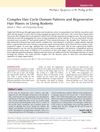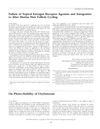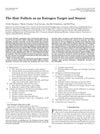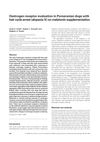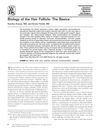On Photo-Stability of Oxybenzone
January 1998
in “
Journal of Investigative Dermatology
”
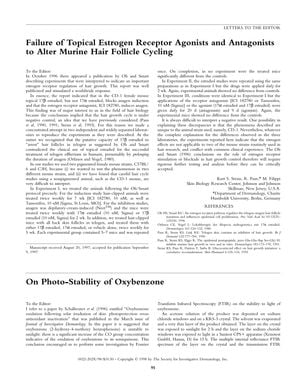
TLDR Estrogen receptors may not affect mouse hair growth as previously thought, and oxybenzone in sunscreen is stable in sunlight.
In a study from 1998, researchers attempted to replicate findings from a 1996 report by Oh and Smart, which suggested that estrogen receptors play a significant role in hair follicle cycling in mice. The original report claimed that topical 17ß estradiol blocked anagen induction and that an estrogen receptor antagonist, ICI 182780, induced anagen in CD-1 female mice. The researchers conducted three experiments using C57BL/6 and C3H female mouse strains, applying the same treatments as the original study, but found no significant differences between treated mice and controls. The study included 5-7 mice per experimental group and was repeated once. The results indicated that the effects observed by Oh and Smart were not applicable to the mouse strains used in this study and conflicted with clinical experiences, suggesting that the role of estrogen receptor stimulation or blockade in hair growth control requires further testing and analysis.
Additionally, the document includes a letter regarding the photo-stability of oxybenzone, a sunscreen ingredient. The letter challenges a previous study's claim that oxybenzone is unstable to sunlight and forms a significant amount of semiquinone upon exposure. The author, Ettore Santoro, conducted experiments using Fourier Transform Infrared Spectroscopy (FTIR) and found that oxybenzone is very stable under light, with no significant semiquinone generated. This contradicts the findings of the previous study and suggests that the original research may not have been performed on oxybenzone.
